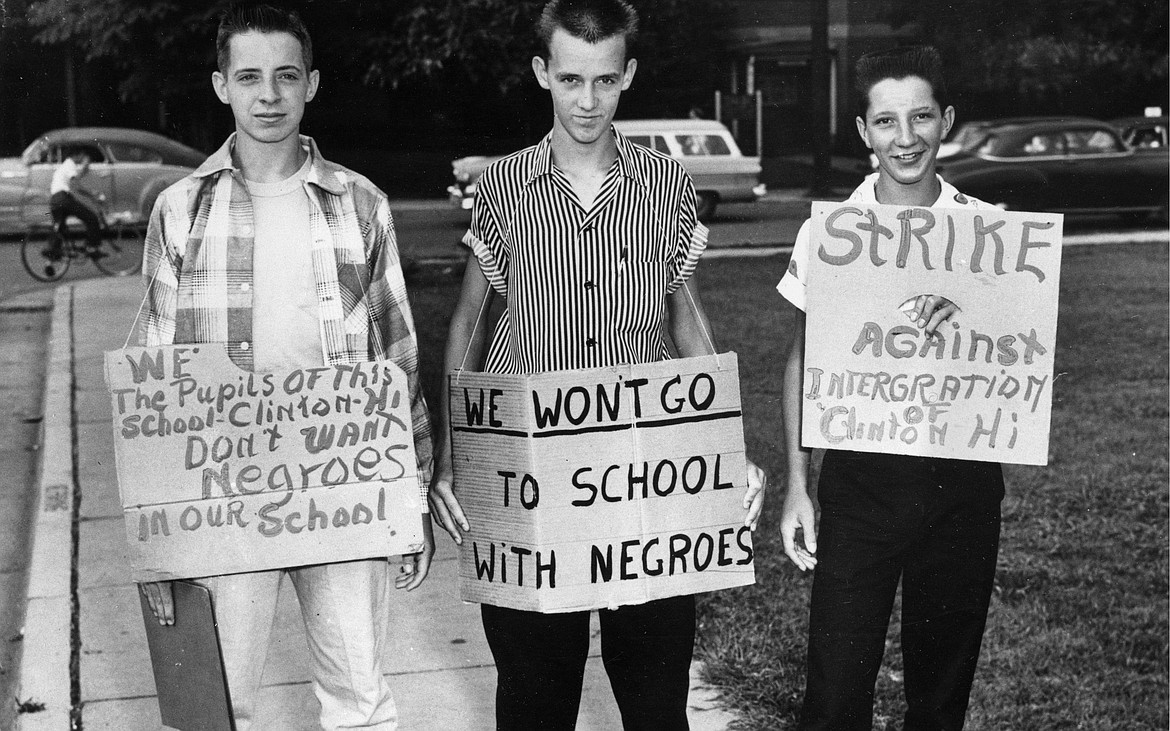Race, Racism and White Supremacy in schools-I am Not Your Negro
Peck, R. (Director). (2016). I am not your negro [Film]. Velvet Film.
The documentary entitled I am Not Your Negro told the story of Blacks in the United States for the past 400 years, and how their story has evolved through the centuries around the idea that although they have called America their birthplace, American has not created any place for them (Baldwin), through segregation, oppression, dehumanization, stereotyping and the perpetuation of violence and unequal systems. The documentary finishes James Baldwin's work as he took a closer look at the media's role in facilitating this oppression, and by looking at the lives of three of his close friends and allies, Medgar Evers, Malcom X and Dr. Martin Luther King Jr.
When Baldwin was discussing these three pivotal figures, he was quoted saying "When any white person picks up a gun and says 'give me liberty or give me death' they become heroes and are applauded, but when a Black man does exactly the same thing, word for word, he is judged a criminal and treated like one and everything is done to make a bad example so there won't be anymore like him" This comparison is so stark and striking-when thinking of how the history of the American revolution is celebrated in schools, but the Civil Rights Movement is skimmed over at best, and in jeopardy of being removed altogether (information shared in Joise's blog post linking this article) and at the time of the Civil Rights Movement, those who were fighting for the equal justice they so desperately deserved, and in a less violent manner compared to that of the American revolution, they were ridiculed, opposed, and met with such violence and slaughter including murder.
Another vital point made throughout this film is the message that media perpetuates about White and Blacks, and when thinking of the article by Jeff Chang about violence against Asian Americans, the role in which media plays overall in perpetuating and continuing stereotypes which then serve some and suppress others. The clips in the documentary taken from television shows and movies showed a wide range of such maintenance of stereotypes from showing perfect White families living lives of glamour, or exercising control or power over other races, to what Baldwin called "bug-eyed blacks" whose role early on in media was to be in a state of constant shock, submission and terror.
Another example of a stereotype used throughout media in newspapers, film, advertisements and television shows was known as the Picaninny, described by Dr. David Pilgrim (2012) as a dominant racial caricature of black children showing poverty, bulging eyes, unkempt hair, red lips and wide mouths to which they stuffed slices of watermelon. The use of this image in a mass produced way suggests that all Black children look like this and possess these characteristics, which again paints them as "the other" instead of unique and individual people.
The documentary also makes mention of the hard fought battle and bravery of Blacks as they fought for the desegregation of schools, and also emphasizes the opposition put up by some Whites. And although during instances such as this battle, Baldwin recognizes that he "doesn't know how white people think, but does know the institutions they perpetuate", he states furthermore that history is part of our present, and that we carry our history with us, and that if we pretend otherwise we are literally criminals" which leads me to think directly about how segregation in schools has been illegal for half a century, but due to the "institutions which are being perpetuated" it is still happening in our schools today, and tomorrow-so although it may be a hard pill to swallow, the current segregation in schools needs to be immediately recognized and repaired, as to do anything less than is criminal. This will take radical imagination, hard work, seats at the table which include all voices and innovation-this article shows 3 ways districts have began this vital work to carry the history with us to move from models shown in this first picture below to the ideals of the model s in the second.





Sarah, great blog. It's hard to believe that after 400 years things would be better in this country. We say we are all American and are united nation but when you truly look at our country it is no divided and unequal for many Americans. It's incredibly dishearten to think with a country like America, we would learn from our past and make things better for All Americans. But disparities still exist and our country continues to be divided in many ways that after 400 years things haven't truly changed.
ReplyDeleteSarah, it is crazy that even though segregation has been illegal for so long..it is somehow still happening without us even realizing it. I was talking to my 5th graders about how i grew up in a community with people that "all looked like me" and how it wasn't diverse. Their brains immediately went to segregation and thought I was saying I went to a segregated school...the more I thought about it, the more I was like "ohh i guess I did." Esp when considering red lining. This needs to be a conversation AT LEAST and repaired.
ReplyDelete